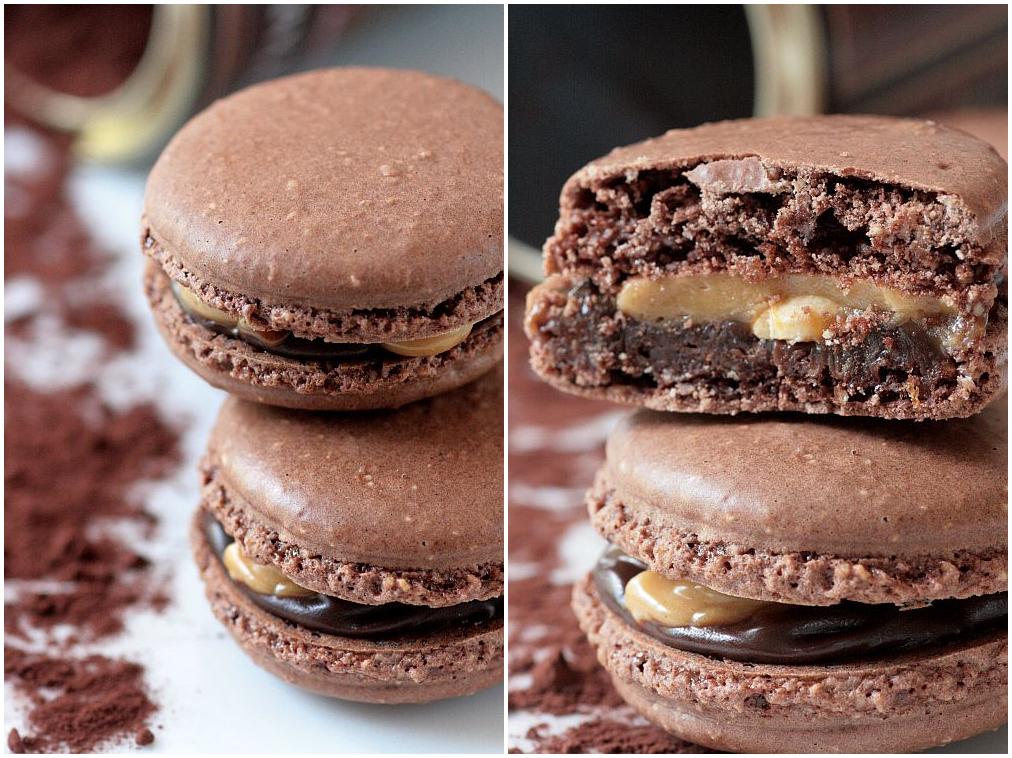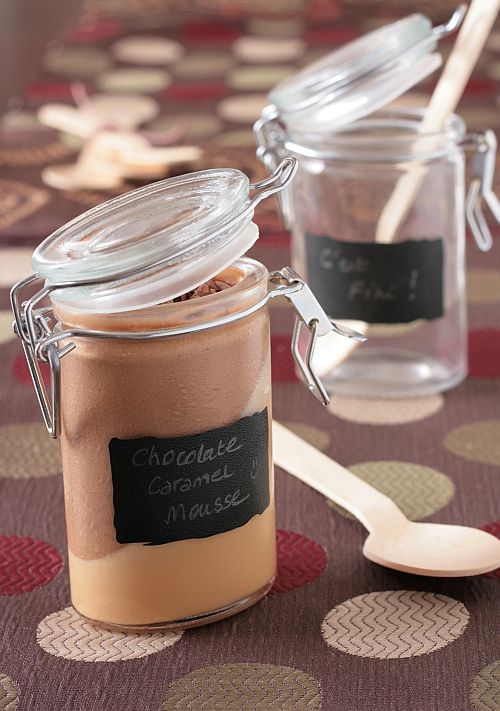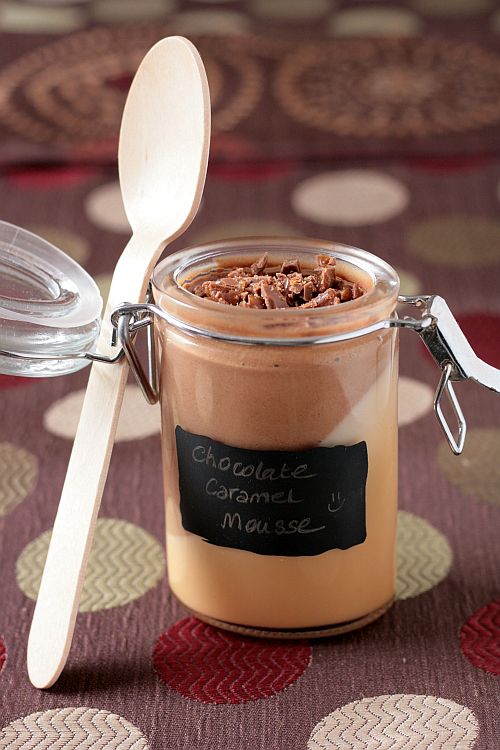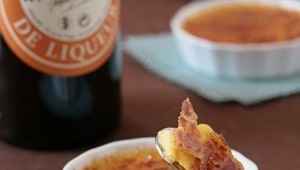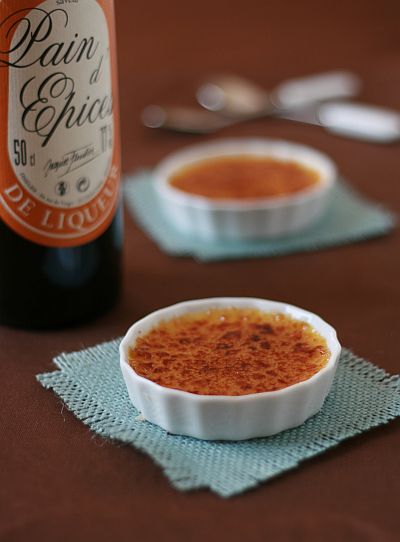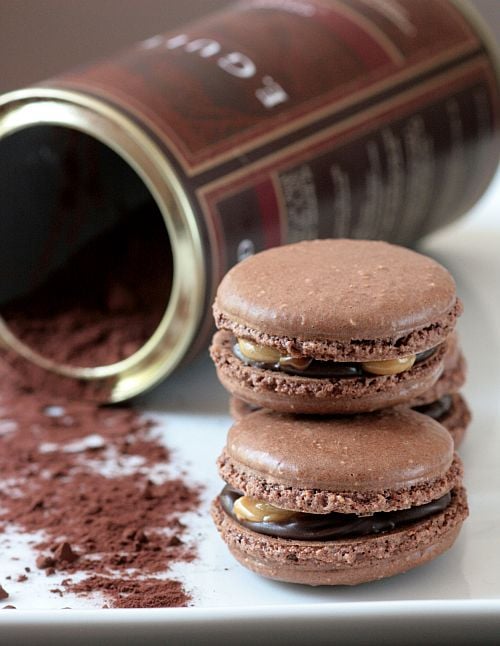
Yep, the heat…As I was reaching for a gallon of water in the pantry I discovered Mr.Tartelette’s secret Snickers stash. He pretended they had fallen behind the picnic totes and I pretended not to have a sudden craving for some peanut, marshmallow caramel and chocolate. I stood up and knocked my head on one of the shelves. It had been a long hot day, with many little work things nipping at me, like a last minute macaron order and the last thing I needed was a bump, a bruise or a headache. I closed my eyes, took a deep breath and calmly said "That’s it. Snickers Macarons."
"Isn’t it like French macarons gone white trash? Mac on crack,maybe?" he asked. Yeah, well…maybe…but if either Pierre or Christophe tried one, I know they would react the same way we did after I assembled them: "More! Where are those darn KitKat bars now?!" I love the Snickers combination of milk chocolate, peanuts, caramel and nougat but like for most people, one bar is too much and too little at the same time. I admire my friend S. who cuts it in four pieces and eat them throughout the day. For me it’s more like throughout the next three minutes!
I still have a good bit of the dulce de leche that Marcela brought me and given the heat wave lately (seems that way in most states), I used it instead of standing over the stove and make a caramel filling. Coming out of a double shift, I hope you will forgive me if the nougat was a bit of a shortcut too….but a sweet one as I melted marshmallows with peanut butter. The rest of the parts were a simple milk chocolate ganache and a whole peanut in the center of each macarons. As far as the shells, I used half almonds and half peanuts to keep most of the oily mass out and add to the peanut flavor. Chocolate macaron shells have always been my dreaded part, they are never chocolaty enough for me and more finicky than other shells, so this time, instead of simply adding 2 Tb of cocoa powder like I would normally do, I also subtracted 2 Tb of the powdered sugar before mixing it in with the nuts and the meringue. Worked like a charm!
Warning from Mr. Tartelette: do not eat these straight out of the refrigerator or you will need new dentures and new jaws. The marshmallow cream does get hard but if you let the macarons sit out for 10-15 minutes prior to eating (or devouring) the shells and the fillings become as soft as a Snickers bar. I hope that Minko likes this candy bar gone wild in macarons because I am virtually sending them to the "Mad For Macarons" event she organised. Sorry for being last minute…
Makes about 16
For The Shells:
3 egg whites (I like to use 1-2 day old egg whites)
50 gr. granulated sugar
200 gr. powdered sugar (minus 2 Tb)
55gr. almonds
55 gr. peanuts
2 Tb cocoa powder
For the whites: the day before (24hrs), separate your eggs and store the whites at room temperature in a covered container. If you want to use 48hrs (or more) egg whites, you can store them in the fridge.In a stand mixer fitted with the whisk attachment, whip the egg whites to a foam, gradually add the sugar until you obtain a glossy meringue. Do not overbeat your meringue or it will be too dry and your macarons won’t work. Combine the almonds, peanuts, cocoa powder and powdered sugar in a food processor and give them a good pulse until the nuts are finely ground. Pass through a sieve. Add them to the meringue, give it a quick fold to break some of the air and then fold the mass carefully until you obtain a batter that flows like magma or a thick ribbon. Give quick strokes at first to break the mass and slow down. The whole process should not take more than 50 strokes. Test a small amount on a plate: if the tops flattens on its own you are good to go. If there is a small beak, give the batter a couple of turns. Fill a pastry bag fitted with a plain tip (Ateco #807 or #809) with the batter and pipe small rounds (1.5 inches in diameter) onto parchment paper baking sheets. Preheat the oven to 300F. Let the macarons sit out for an hour to harden their shells a bit and bake for 8-10 minutes, depending on their size. Let cool. If you have trouble removing the shells, pour a couple of drops of water under the parchment paper while the sheet is still a bit warm and the macarons will lift up more easily do to the moisture. Don’t let them sit there in it too long or they will become soggy. Pipe or spoon some ganache on one shell and sandwich with another one.
If you use fresh whites, zap them up in the microwave on medium high for 20 seconds to mimic the aging process.
Milk Chocolate Ganache:
1 cup milk chocolate
1/2 cup heavy cream
In a heavy saucepan over medium high heat, bring the cream to a boil. Remove from the heat, drop in the milk chocolate and let stand a couple of minutes. Gently stir the chocolate into the cream until smooth. Set aside until it cools down and thickens a bit (a trip to the fridge is ok)
Marshmallow Cream:
2 cups marshmallows
1/4 cup smooth peanut butter
In a heavy saucepan over medium low heat, melt the marshmallows and peanut butter until smooth. Let cool. Once cooled you will be able to pull the "nougat" and from the saucepan and cut pieces to flatten in the palm of your hands and sandwich with the rest of the ingredients.
Remaining Ingredients:
– caramel sauce or dulce de leche or my favorite : Salted Butter Caramel Sauce
– a few peanut halves
To assemble:
Fill the shells with a couple of teaspoons of ganache, add a teaspoon of caramel sauce, top with a peanut, a piece of marshmallow nougat, and the top shell.

